Saying Goodbye to Student Loans: The Department of Education aims to fix broken loan forgiveness program for public servants
Photo Illustration by Gabrielle Korein
Stephanie Reed’s job is not her passion. Reed is a computer programmer who works for the Louisiana Attorney Disciplinary Board and the Louisiana Supreme Court Committee on Bar Admissions in New Orleans. What she really loves, though, is painting. Reed has a Master of Fine Arts degree, and she had to take out large sums of student loans to get it.
“I still paint, you know, I have gallery shows, but I can’t support myself right now doing that with the student loans,” she said. “Without the student loans, I could.”
Even though Reed’s current career is not her first choice, she still counts herself as lucky because she has been able to qualify for the U.S. Department of Education’s Public Service Loan Forgiveness Program.
She said she took her current job in order to qualify for the program, a federal initiative that provides people who have worked in public service for at least 10 years and made 120 payments with an opportunity to have their federal student loan debts forgiven.
Even for people like Reed who have been accepted into the loan forgiveness program, working with it has been a struggle. She said she has long had difficulty communicating with the U.S. Department of Education about the program and getting clear answers to questions about qualifying. She is sticking with it, though, because it presents her with an opportunity to get out of debt and start fresh.
The U.S. Department of Education has admitted the program is not working as intended and that many people who should have qualified have been rejected erroneously. In response to applicants’ struggles with the program, the U.S. Department of Education announced in October it is making sweeping changes that will temporarily make more people eligible for the Public Service Loan Forgiveness Program.
Under the expanded rules, any payments will now count towards the 120 required by the program. Previously, only payments made as part of a specific type of income-based plan counted. Also, active-duty military service will now count as public service for the purposes of the program. The U.S. Department of Education has pledged to reconsider previously denied applications. In order to be considered under the new rules, borrowers must apply to the program by October 31, 2022.
Reed said she hopes the new changes will make it so others can get their loans forgiven without having to change careers like she did.
Ansel Augustine is one of the many people who have applied for the program but been turned away. Augustine works as area director for Vagabond Missions, a nonprofit organization which helps at-risk youth and teaches as an adjunct professor in the ministry programs at Loyola University New Orleans and Xavier University of Louisiana. Augustine spends most of his time helping others, but he said he could use some help himself—help paying off his student loans.
Augustine, who graduated from Loyola as an undergraduate in 2000 and then with a master’s degree in 2002, said he applied to the loan forgiveness program but never heard back about his application.
Augustine said he is not alone. Many applicants who believe they qualify have applied only to be rejected on a technicality or never get a response from the U.S. Department of Education.
“I know so many people who work in public service, and I’ve never heard of anybody who’s actually gotten in,” Augustine said.
U.S. Secretary of Education Miguel Cardona said in a press release that the effort to expand the loan forgiveness program is being undertaken because the country owes public servants a debt of gratitude.
“Teachers, nurses, first responders, service members, and so many public service workers have had our back especially amid the challenges of the pandemic. Today, the Biden Administration is showing that we have their backs, too,” he said.
Reed said she thinks the changes are a step in the right direction.
“But still, it would have been great to be able to get my loans forgiven without forging a whole new career, you know?” Reed said.
Despite its proposed benefits to working, educated Americans, Tulane economics professor Emily Cook said she believes the Biden administration may have had a more practical reason to expand the program as well.
“I think the government is looking to protect its own employees and to keep people from leaving teaching jobs or medical jobs, especially at a time when it’s so hard to work in those fields, ” she said.
Cook said that she generally thinks expanding aid front-end aid programs for people going into college, like grants and scholarships, is a better option than retroactively cancelling student loan debt because much of that debt is held by highly paid professionals like doctors and lawyers.
But the Public Service Loan Forgiveness Program is different, she said, because it targets loans held by people who do important jobs that often don’t provide the higher income that typically comes with a college degree.
“It’s important because it’s making it so people can afford to do these jobs,” she said.
However, Augustine said that even with these changes to make the program more accessible, some people are struggling with applying to it.
“They need to put out specific criteria for what jobs qualify and just all around communicate better,” he said. “And I know I’m far from the only person who’s seeing these problems.”
Augustine said debt cancellation would make a world of difference for him and that he hopes to have his application reconsidered.
“Not only would having my loans forgiven mean a lot for me in terms of my own personal finance, but it would also give me a greater ability to help some of these young people I work with,” he said.
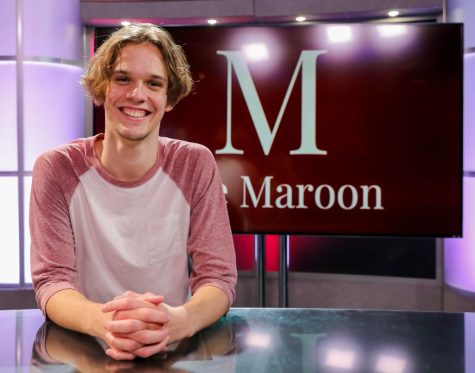
Daniel Schwalm is a senior English and mass communication double major from Dallas, Texas. This is his fourth year with The Maroon. He has previously worked...
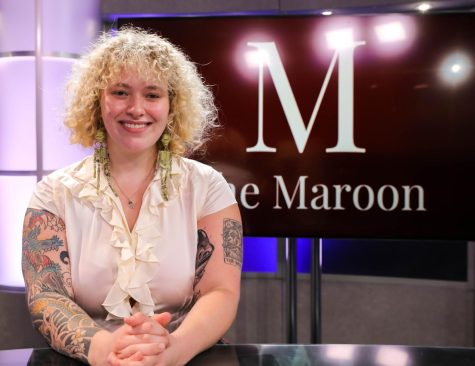
Gabrielle Korein is a Mass Communication senior who is passionate about writing, photography, and videography. Gabrielle has spent over 7 years as a freelance...


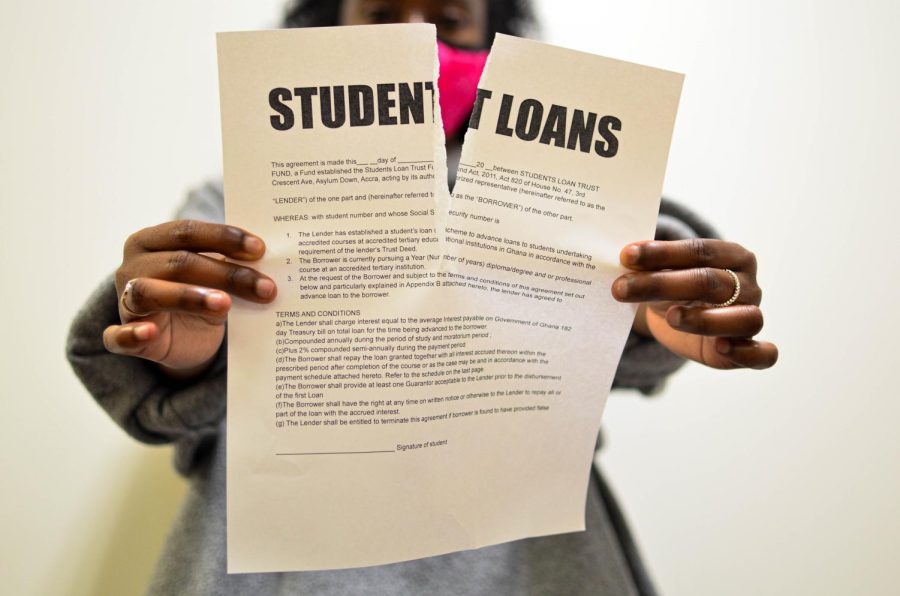

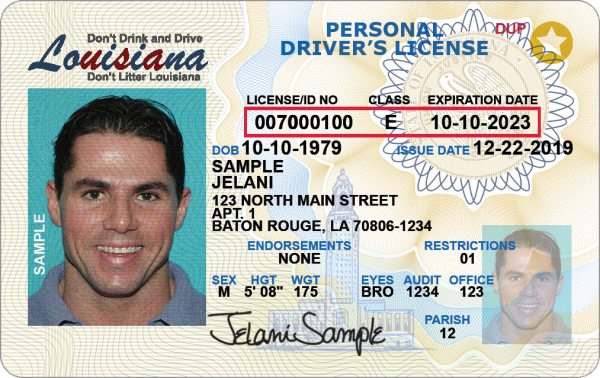
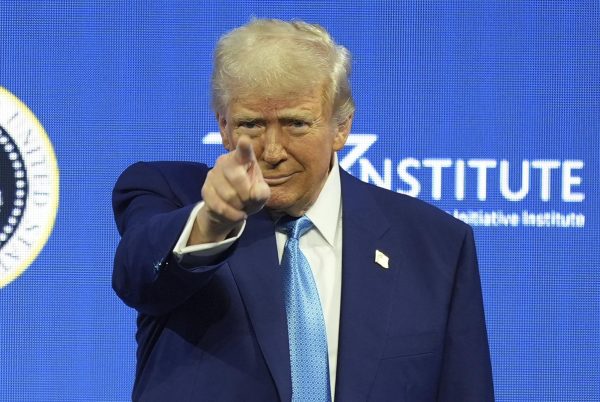
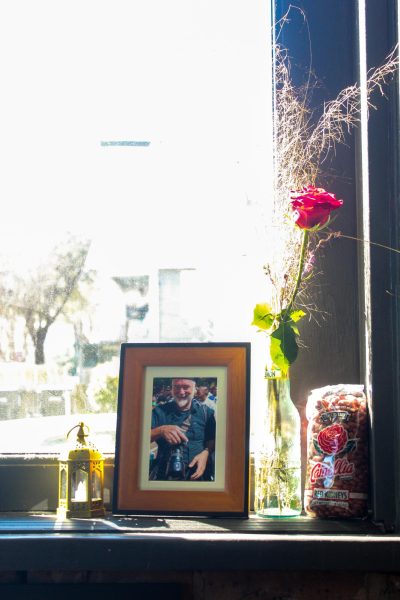
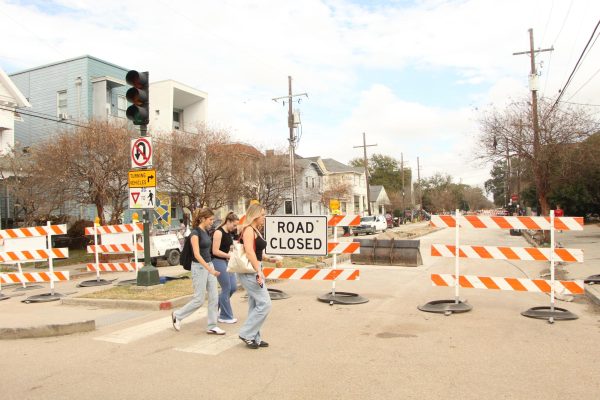
Ann K Herberger • Dec 3, 2021 at 12:14 pm
I hold a Masters of Psychology and I am not able to get in my field. I am 62 years old and need a forgiveness program. I had to collect my early retirement because of many reasons. I need help in obtaining the correct information. I have not made payments and graduated in 2012. I may be reached at 540 309 9925 or [email protected]